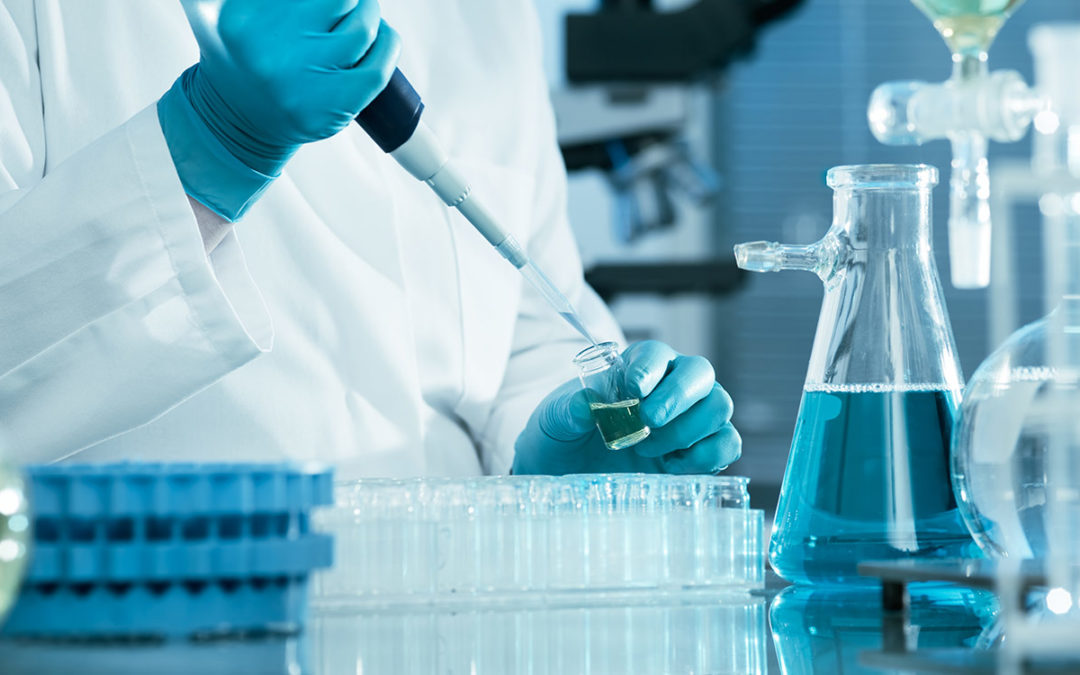With the innovative techniques of molecular biology and cellular biology it is now possible to identify, through DNA-based analysis methods, the microorganisms present in wine with great reliability and, above all, with great speed. Through cellular biology, it is possible to determine the compatibility of products used in agriculture with this incredible biological resource.
Molecular biology, an aid in the oenological field
Microorganisms play a very important role in the oenological field as they are involved in the process of transforming grapes into wine. In fact, the yeasts, unicellular fungi, are responsible for the alcoholic fermentation. Malolactic fermentation, on the other hand, the process that leads to the transformation of malic acid in grapes into lactic acid, is the work of lactic bacteria.
Microorganisms also have an influence on the organoleptic characteristics of the wine. Through direct action on numerous classes of molecules present in grapes, as well as the production of molecules derived from their own metabolism, microorganisms can generate a series of compounds that will, together with the main fermentation products, characterize the wine produced.
For this reason, knowing whether and how residues of pesticides or copper-based products act on the population that gives these properties can be an important aspect.
Isolation, conservation and propagation techniques
Given the great importance of these products, there is a wide demand for them on the market. The most common way to identify new strains is through insulation from the environment.
The sample, which may come from the must or other matrix, is diluted in sterile peptonated water and then poured on selective medium. The agarized medium – in the case of isolation of fungal species and yeasts – is added to an antibacterial substance, usually ampicillin. In this way the selective growth of yeasts is allowed, preventing, on the other hand, the growth of bacteria.
How to proceed when the colonies have grown
The grown colonies are disseminated, this time individually, on YPGA; a colony grown on such a plate is then sown on a clarino beak tube, source of live cells useful for the next taxonomic analyses.
The strain in pure culture, at the same time, is inoculated into liquid YPG, to be then, once grown, mixed with sterile glycerol, then stored at -80°C. On such naturally isolated strains, and also on those already commercially available, it is possible to use specific tests to evaluate their compatibility with the compounds used to protect and nourish the specific cultivars in the vineyard, also in the organic production. This is to guarantee the highest fermentation quality and an excellent quality product
This is just one of the many applications of molecular and cellular biology in industry, probably one of the best known processes, at least as far as the field of application is concerned.

